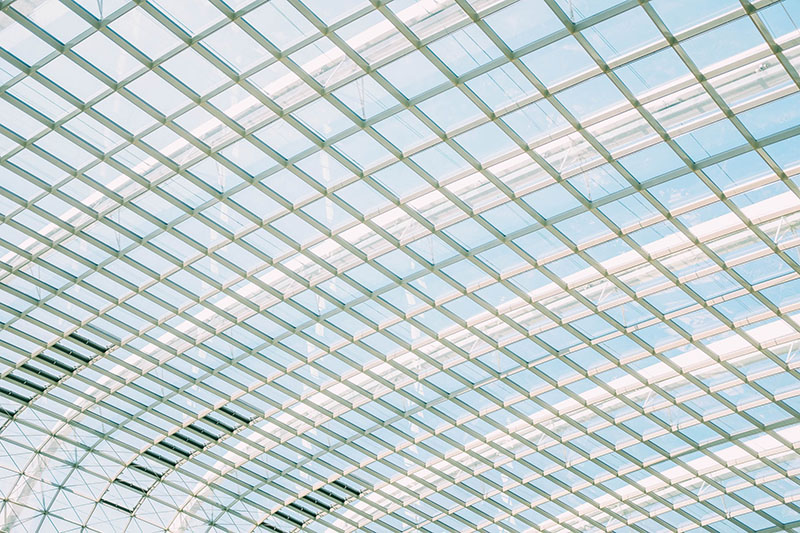
If you have read the ample literature and research on the benefits of commercial skylights for property owners and building occupants, you are likely wondering why skylights aren’t installed on every building. There are several historical limitations to skylights, but with today’s technology, there are also ways to avoid those shortcomings. Here is a look at some of the problems that plague commercial skylights and the ways innovations in skylight technology have worked to overcome them.
“Leaky” skylights
One common anxiety with skylights is that they will compromise the integrity of the roof and let the various outdoor elements penetrate the building. If water does enter the skylight or condensation builds up, the unwanted moisture is not only a nuisance but it can also create opportunities for mold growth. Because leaky skylights have been a real problem in the past, today’s skylight models have devoted a great deal of effort to the design, engineering, and installation practices of skylights to combat this issue. Modern skylight frames and flashing are designed and tested to withstand heavy precipitation and extreme weather, while some brands have developed condensation wicking systems to mitigate interior moisture buildup.
Surface area requirements
In order for commercial skylights to provide a consequential amount of daylight to building interiors, they can require a great deal of roof surface area. The National Fenestration Rating Council (NFRC), a nonprofit organization that certifies and rates skylights for their energy efficiency, estimates that for traditional flat skylights to provide adequate lighting they will need to occupy 7 to 10 percent of your roof space. This surface area requirement can present challenges for commercial skylight installers on buildings that don’t have that space to spare or have difficult-to-work-around roof contours and dimensions. The demands on roof surface area, however, can be lessened with some of the newer products available today. Sun tube skylights, for example, occupy significantly less space than traditional skylights while transmitting a comparable amount of natural light. These skylights are also more versatile in terms of roof placement, as they can funnel light down their reflective tubes to interior spaces that otherwise would not be able to benefit from a skylight directly overhead.
Heat loss and gain
In the past, commercial skylights have also been the culprit in creating a heavy workload for a building’s HVAC system as it works overtime to compensate for the heat lost and gained through skylights. This can end up being a pricey unintended consequence. However, many of today’s skylights have addressed this issue by using better materials and offering Low-E coatings. A skylight that uses a Low-E coating on the glazing can reflect heat in the form of infrared and ultraviolet rays away from the interior while still transmitting the same amount of natural light. For skylights that minimize heat loss and gain, you’ll want to look for a low U-Factor and Solar Heat Gain Coefficient on its performance rating.
Transform your Siding in San Francisco CA with our expert remodeling services. From simple updates to complete renovations, Mares & Dow Construction & Skylights has the expertise you need. Contact us for a free estimate and let us help you create the bathroom of your dreams.
Mares & Dow Construction & Skylights has been serving the Bay Area since 1983. Our general contractors are home remodeling and commercial skylight experts. Contact us today to get started on your next project or for a consultation!

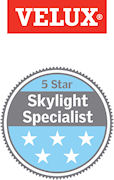
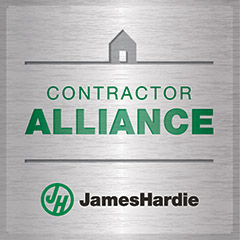
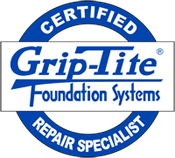
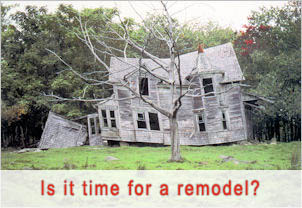
 based on
based on 

